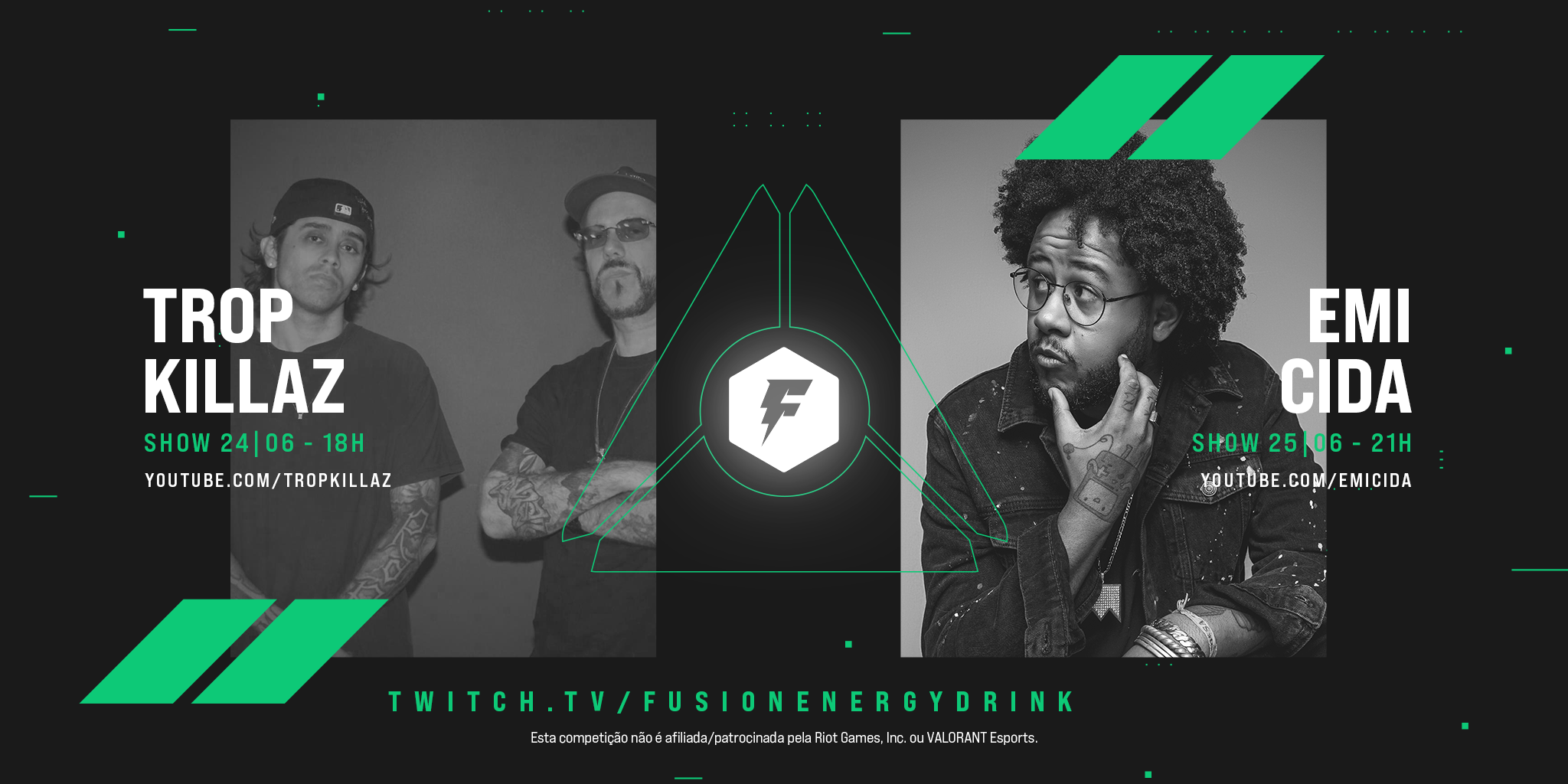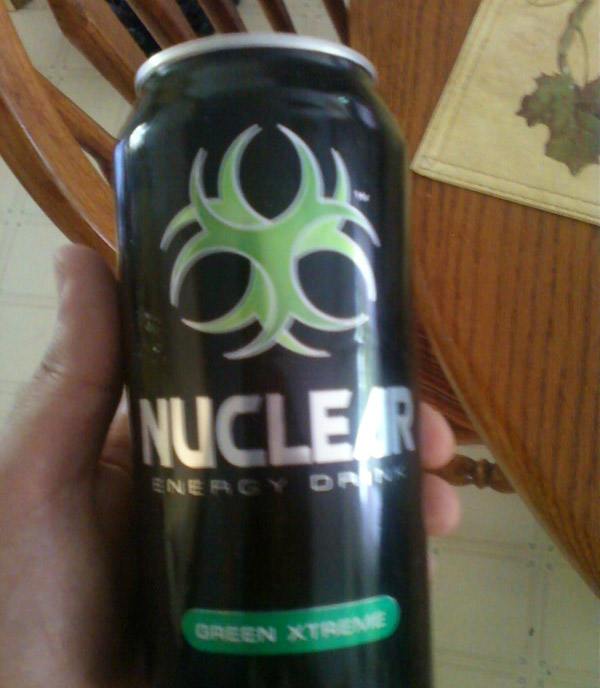

This causes the atom to split apart, releasing heat and radiation energy, as well as more neutrons which will go on to collide with more fuel atoms, and so the cycle continues. Nuclear fission takes place when a neutron collides with a fuel atom. However, only a certain type of uranium (U-235) is suitable, and in some plants plutonium is used instead. The most common fuel used for nuclear fission in nuclear power plants is uranium. Nuclear energy is produced when atoms are split apart during nuclear fission to release energy. When these bonds within the atom core are broken, through a process called nuclear fission, it produces a significant amount of energy we can use to produce electricity. Within this nucleus are protons which hold a positive electric charge, and electrons, which hold a negative electric charge, with bonds holding these particles together. Nuclear energy is the energy contained within the core or nucleus of an atom. Nuclear energy is the world’s second-largest source of low-carbon power, following closely behind hydroelectric power.īut, is nuclear energy renewable? Today, we’re going to answer all the most common questions we hear about nuclear energy, so read on to find out more! What is nuclear energy? Since it has continued to grow, and there are now around 440 nuclear power reactors across the world, providing 10% of the planet’s electricity. Nuclear energy was first utilized commercially in the 1950s. How familiar are you with nuclear energy? If the only time you think about nuclear power is in terms of Homer Simpson’s job or while scrolling through Netflix, then probably not very. Such issues mean that nuclear energy is not as popular as more conventional methods of obtaining energy, such as the use of fossil fuels.Nuclear Energy: Renewable or Nonrenewable? At the same time, people often fear the dangers that could come with nuclear plants and do not want them in their area. However, the process creates a significant amount of nuclear waste that can be hazardous to both people and the environment. More commonly, fission is used to generate energy within a nuclear power plant. The knowledge itself is not overly complex, but the materials that fund the process are significantly more difficult to obtain. Since then, nuclear research has been considered extremely sensitive. Two subsequent atomic weapons were used as part of a military strike on the cities of Hiroshima and Nagasaki in Japan. Known as the "Manhattan Project," the top-secret endeavor resulted in the formation of the first atomic bomb in July 1945.

In 1943, the Army Corp of Engineers took over the research for making a nuclear weapon.

Roosevelt allocated money toward American research, and in 1941, the Office of Scientific Research and Development was formed with the aim of applying the research toward national defense.

President Franklin Roosevelt at the start of World War II, drafted by Hungarian physicist Leo Szilard and signed by Albert Einstein, noted that such research could be used to create a bomb of epic proportions, and addressed the idea that the Germans could feasibly deliver such a weapon to the American doorstep. In an intellectual chain reaction, scientists began to realize the possibilities incumbent in the new discovery. A single impact could jumpstart a chain reaction, driving the release of still more energy. Ultimately, other physicists realized that each newly freed neutron could go on to cause two separate reactions, each of which could cause at least two more. Working on the problem, she established that fission yielded a minimum of two neutrons for each neutron that sparked a collision. Previous efforts by physicists had resulted in only very small slivers being cut off of an atom, so the pair was puzzled by the unexpected results.Īustrian-born physicist Lise Meitner, who had fled to Sweden following Hitler's invasion of her country, realized that the split had also released energy. In a surprising twist, they wound up splitting the atom into the elements of barium and krypton, both significantly smaller than the uranium that the pair started out with. In 1938, German physicists Otto Hahn and Fritz Strassman bombarded a uranium atom with neutrons in an attempt to make heavy elements. Radioactive fission, where the center of a heavy element spontaneously emits a charged particle as it breaks down into a smaller nucleus, does not occur often, and happens only with the heavier elements.įission is different from the process of fusion, when two nuclei join together rather than split apart.


 0 kommentar(er)
0 kommentar(er)
